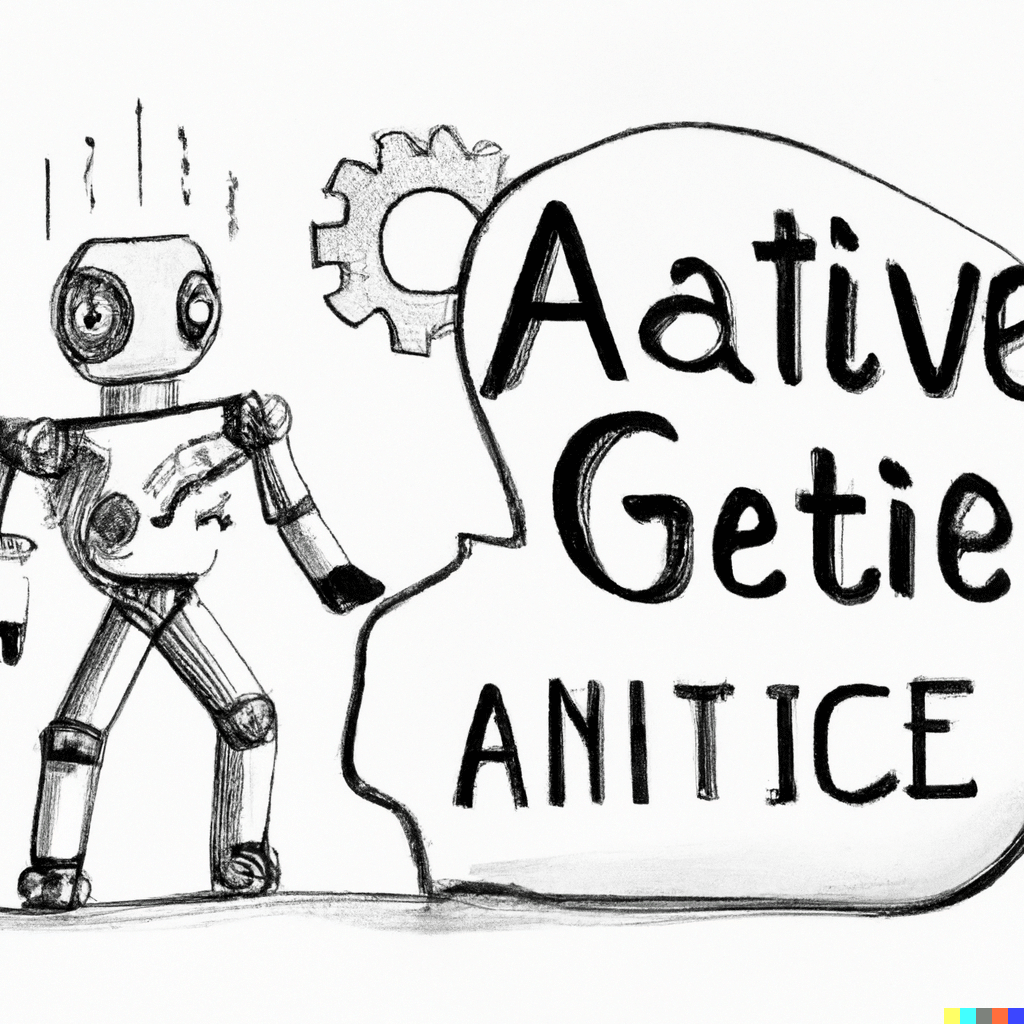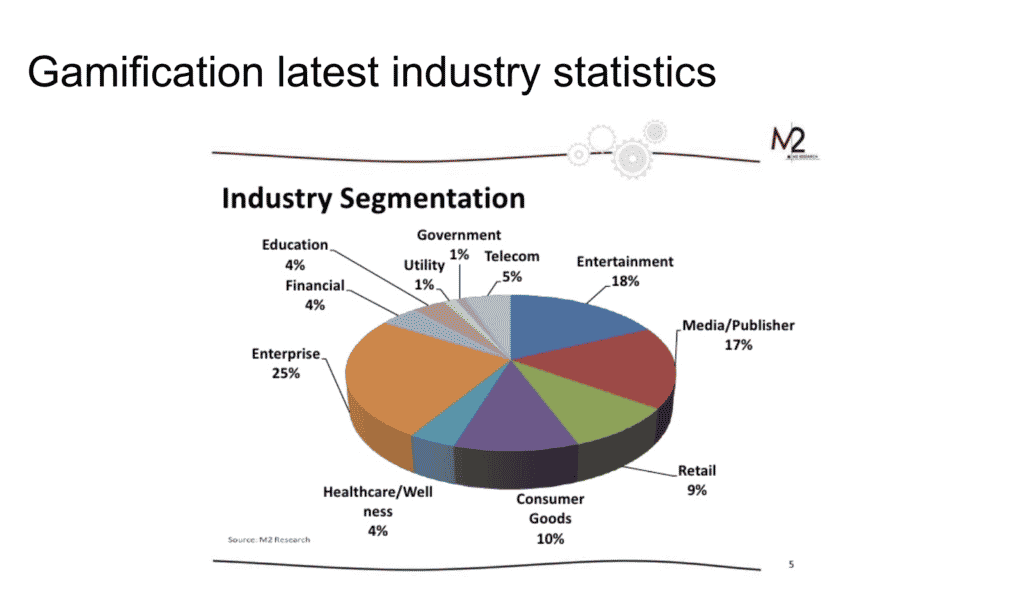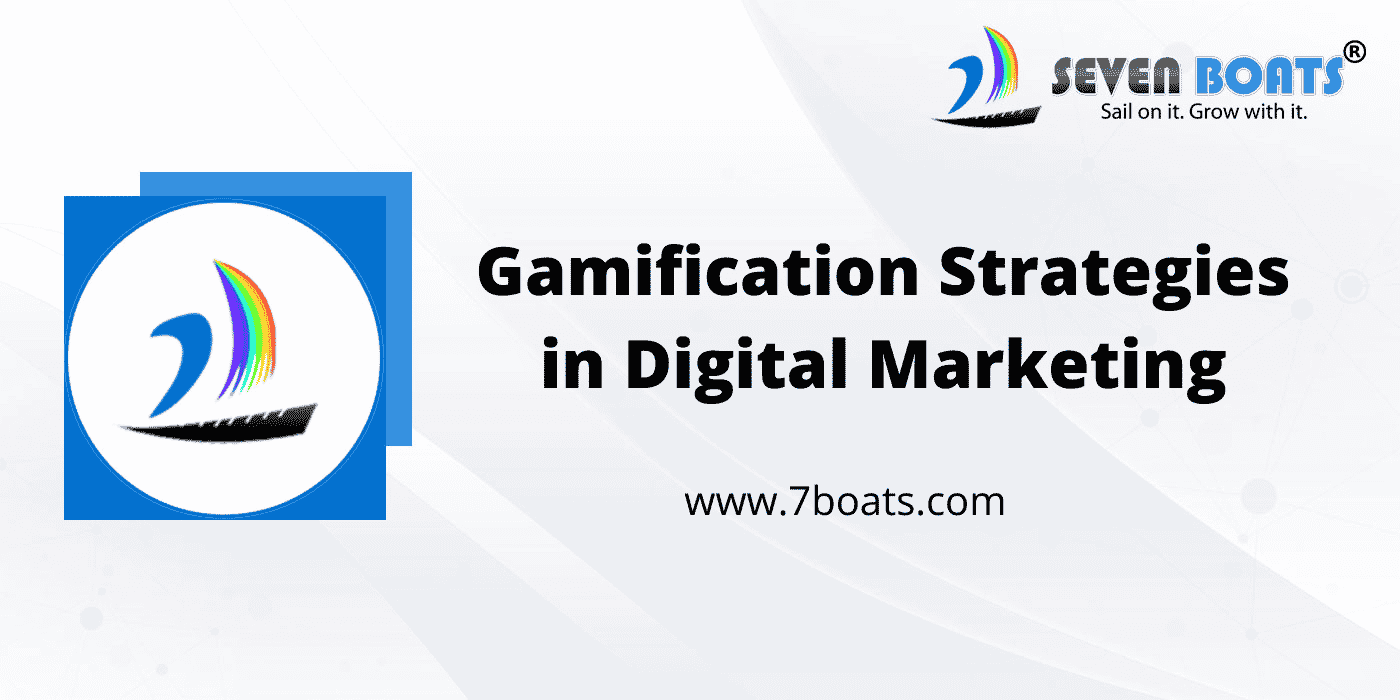Gamification has been used in different areas like education, marketing, health care and etc. It is the process of using game mechanics and game design techniques in non-gaming contexts to engage users. When it comes to digital marketing, gamification can help you achieve your branding and conversion goals. In this blog post, we will discuss what gamification is, some examples of how it’s being used, and how it can help you improve your branding and conversion rates. Let’s get started!

What is gamification?
Gamification is the use of game mechanics and game design techniques in non-gaming contexts to engage users. It can be used to motivate participation, increase engagement, and achieve desired outcomes.
Gamification is all about incentive and competitiveness – apps or other platforms can tap into consumer’s natural desires for achievement, status, self-expression, and closure, all while marketing their product and helping the consumer along the way.
Digital marketing is an important tool for businesses of all sizes. It allows companies to reach a larger audience more quickly and easily than ever before. However, with so many businesses competing for attention online, it can be difficult to stand out from the crowd.
One way to make your digital marketing campaigns more effective is to incorporate gamification strategies. Gamification is the process of using game-like elements in non-game contexts. By adding elements of competition, rewards, and challenges to your digital marketing campaigns, you can increase engagement and motivation.
Gamification can also help you gather valuable data about your customers’ preferences and behavior. By understanding what motivates your customers, you can more effectively tailor your marketing messages and improve your overall results.
Video tutorial on Gamification techniques
M3 Model – Motivation Momentum Meaning Model
- The correct balance between extrinsic and intrinsic rewards.
- Too easy or Too hard won’t work.
- Rewards & games must be meaningful to the user’s intention.
Industry statistics on Gamification

Gamification Strategies
- Prize/Rewards,
- Open Engagement,
- Timing Urgency,
- Competitive Leaderboard
Types of gamification
By Medium – Web, Social, Mobile App based,
By Purpose – Social engagement, Referral, Retention/Re-Engagement, Lead Generation, Brand Recognition
Gamification examples
Some examples of how gamification is being used include:
– Airlines using loyalty programs to encourage customers to fly more often
– Online retailers using gamification to increase customer engagement and loyalty
– Health care providers using gamification to motivate patients to stay on track with their health goals
Gamification – Industry case studies
Dominos
Dominos has incorporated gamification in to their mobile pizza ordering app. Users can shake their Droid or iPhone if they don’t know what they want to order and the app with pick the toppings.
Popchips
Popchips teamed up with app company Kiip to offer bags of Popchips as prizes when players get to a certain level in mobile games.
M&M’s Eye-Spy Pretzel
M&M’s Eye-Spy Pretzel – When M&M launched a pretzel-flavored version of their candy, they used gamification and social media. They tried running a gamified social content where users were tasked with finding the pretzel amongst a sea of M&Ms in the image they posted.
Starbucks loyalty app
No Frills
Canadian grocery chain No Frills recently started a series of campaigns to reach a younger demographic that included a mobile and browser game ‘Aisles of Glory’
Chipotle
Chipotle Love Story Game – Chipotle launched a memory game based on their short film “A Love Story,” in which customers are supposed to match real ingredients together while avoiding the use of added colors and flavors. Players are rewarded with a buy-one-get-one-free coupon
Nike
The personalized fitness tracking Nike+ and Fuelband accessories
Audi
Audi A4 Driving Challenge
Gamification Tools
- Free Quiz builders (Simple & Easy)
- Scripted re-brandable / white label games (Medium difficulty)
- Develop games via Unity framework (Technical knowledge needed)
- Create social quizz or simple mathematical quizz from fan page
- Create mobile app (Andromo)
- H5P interactive content builder
How to develop games quickly
- http://flowlab.io/
- http://www.sploder.com/free-game-creator.php
- https://gdevelop-app.com/
- http://www.gamemaker3d.com/
How can gamification help in branding and conversion?
Gamification can be used to improve brand awareness, build brand loyalty, and increase conversions. For example, a company could use gamification to increase customer engagement with their website or app. By offering rewards for completing certain actions, such as making a purchase or sharing content, customers are more likely to return to the site and make future purchases.
Gamification is a great way to improve customer engagement and loyalty. By offering rewards for completing certain actions, such as making a purchase or sharing content, customers are more likely to return to the site and make future purchases.
Additionally, gamification can be used to increase leads and conversions by offering incentives for taking desired actions, such as signing up for a newsletter or taking a survey.
How to Acquire Customers Through Gamification and AI
In an era where grabbing the attention of potential customers is harder than ever, digital marketers are constantly on the lookout for innovative ways to engage and acquire new customers. Gamification and Artificial Intelligence (AI) have emerged as frontrunners in this quest for consumer attention and brand loyalty. Here’s how you can harness the power of these strategies to elevate your customer acquisition game.
Interactive Entertainment: The Gamification Edge
Implementing gamification into your digital marketing can turn mundane interactions into engaging experiences. Here’s how to leverage gamification:
- Develop Relevant Gaming Experiences: Craft games that not only entertain but also showcase your products or services. For example, if you’re a bank, create a financial literacy game that rewards players for making smart money decisions.
- Rewards and Recognition: Incentivize action with rewards like points, badges, or discounts. This not only encourages interaction but can drive sales, as customers work towards redeeming their rewards.
- AI-Driven Personalization: Utilize AI to deliver personalized gaming experiences. The AI can analyze past behavior to predict which game dynamics will engage particular users, keeping them interested and invested in your brand.
- Leverage Competitiveness: Use leaderboards to foster a sense of community and friendly competition. For example, showcasing the top weekly scorers in a fitness app can encourage users to be more active to see their name up in lights.
- Facilitate Social Sharing: Make it easy for users to share their achievements or scores on their social platforms. This not only serves as a personal triumph but as a recommendation, amplifying your brand’s reach.
AI: The Smart Way to Customer Acquisition
AI has the ability to transform customer acquisition by offering unprecedented levels of personalization and predictive insights. Here’s how to put AI to work:
- AI-Powered Chatbots: Deploy chatbots to provide instant customer support and interactive experiences. Chatbots can guide customers through a purchase, answer queries, and gather valuable data to improve future interactions.
- Predictive Analytics: Predict and respond to customer behaviors, even before they complete an action. This can help tailor your marketing campaigns to be more effective and reduce the cost of acquisition.
- Machine Learning for Segmentation: Use machine learning algorithms to segment your audience more precisely, thereby targeting your marketing campaigns more effectively and increasing conversion rates.
- NLP for Customer Insights: Apply natural language processing to analyze customer feedback on a large scale. Understand sentiment and gather insights without the need for manual review.
- Recommendation Engines: Suggest products or experiences that customers are more likely to be interested in based on their past behavior, increasing the likelihood of conversion.
Case Studies of Success
- Starbucks “Star Dash”: Through a point-collection challenge, Starbucks successfully encouraged customers to make repeat purchases, significantly increasing in-store visits.
- Duolingo: The language learning platform uses gamified elements combined with AI to create a personalized and compelling user experience, leading to high retention rates.
- Nike’s Running App: Gamification with AI allows users to track their progress, set goals, and compete with friends, creating a strong user base passionate about the product.
Measuring Success
Implementing gamification and AI is not only about the deployment but also about measuring the impact. Monitor these KPIs:
- User Engagement: Time spent, actions completed, and shares are good metrics to gauge if users are actively interacting with your gamified elements.
- Customer Retention: Retention rates post-engagement with your gamified marketing efforts can be a strong indicator of sustained interest.
- Conversion Rate: Ultimately, the effectiveness of your strategies will be evaluated on the ability to convert engaged users into paying customers.
In conclusion, gamification and AI can transform how we approach customer acquisition in digital marketing. By making experiences more interactive and personal, brands can create meaningful connections with potential customers—setting the stage for not just acquisition but long-term loyalty. Roll out these strategies thoughtfully, measure relentlessly, and optimize continuously, and watch as your customer base grows.
Gamification strategies for Banking Sector, Education, eLearning etc.
Gamification is the process of incorporating game mechanics and incentives into non-game settings. It can be used in various industries, including education, e-learning, and banking.
In the banking sector, gamification can be used to teach young adults about budgeting and investing, breaking down complex concepts into manageable challenges and rewards. Gamification can increase customer loyalty, engagement, and satisfaction, and can incentivize usage and deepen customer relationships. Examples of gamification in banking include BBVA Game, PNC Bank’s Virtual Wallet, and DBS Bank’s Digibank app.
Gamification can also be used to motivate work teams and affiliates, ensuring that the bank’s services are always at their best.
In other industries, gamification can be used to increase engagement, motivation, and learning outcomes. For example, in education, gamification can be used to make learning more fun and interactive, and to motivate students to achieve their learning goals.
In e-learning, gamification can be used to increase engagement and retention, and to provide learners with a more immersive and interactive learning experience.
Gamification Explained (PDF download)
If you’re looking for ways to improve your digital marketing efforts, consider incorporating gamification into your strategy. Thanks for reading! We hope this was helpful. If you have anything to share about gamification, comment below.








The blog was very informative.